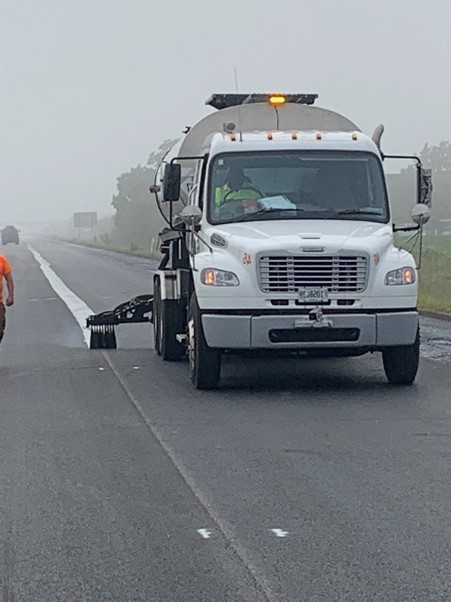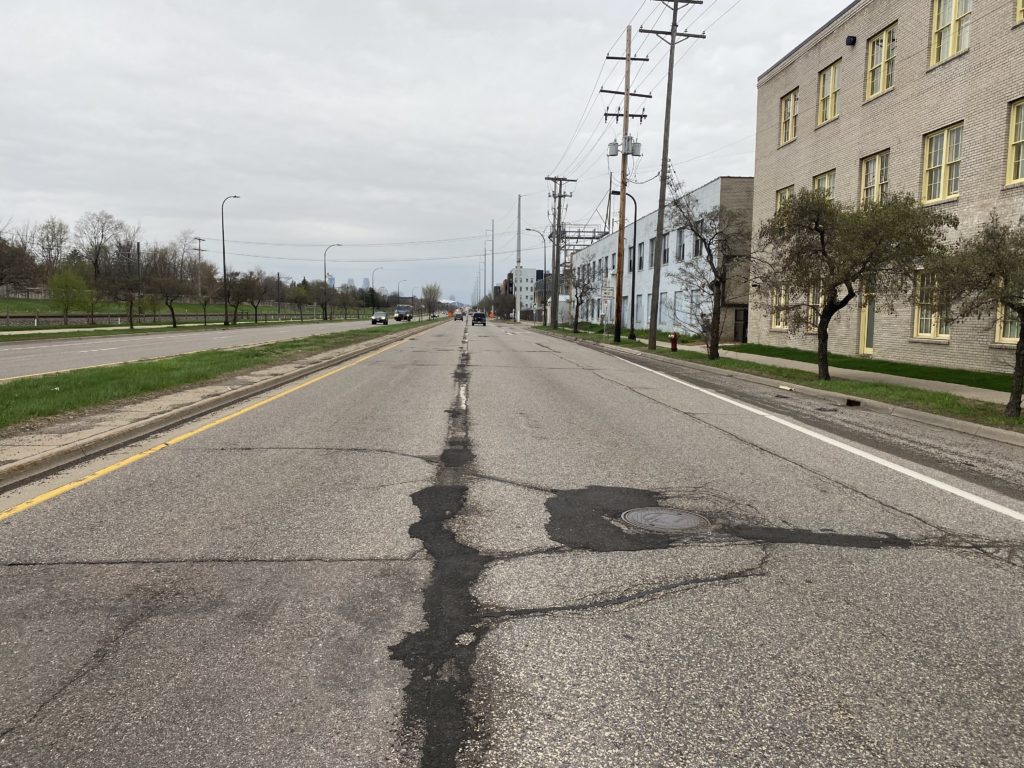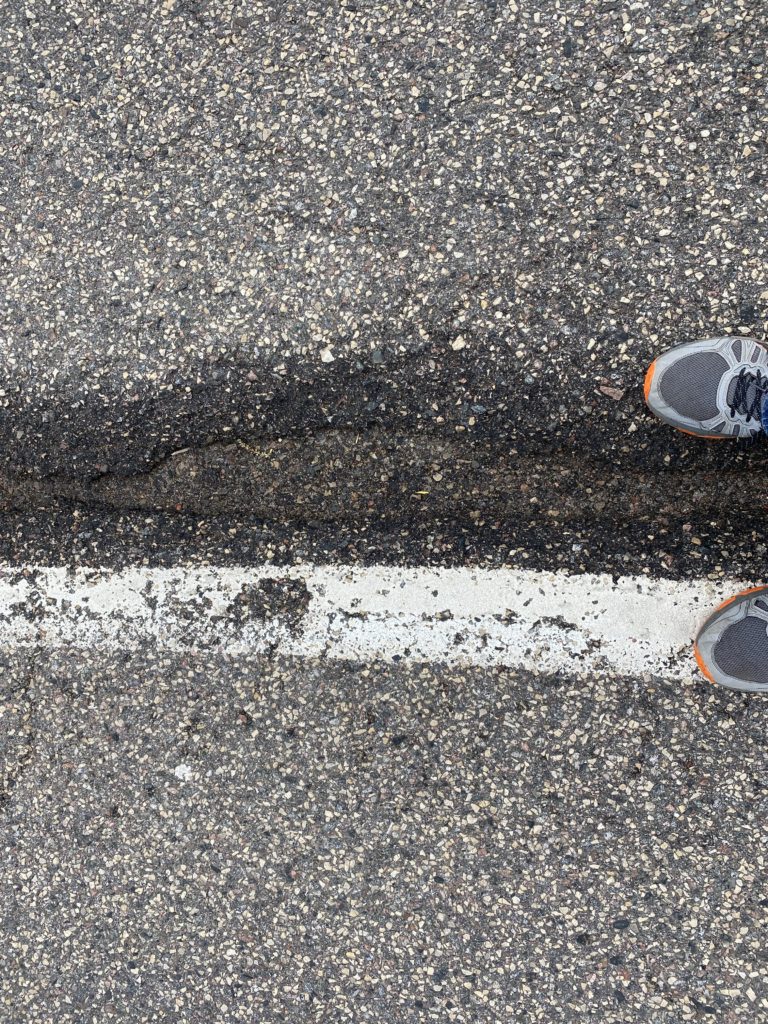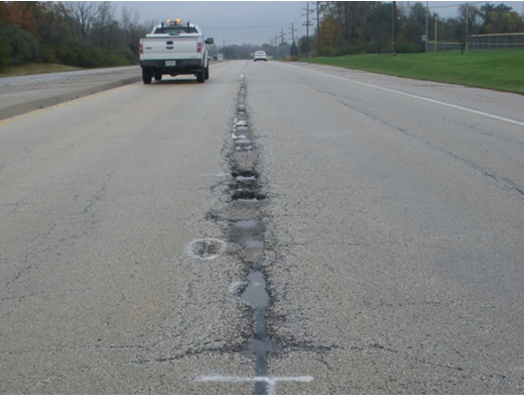Pavements are a very important asset to any state Department of Transportation. In Minnesota, they are valued at $29.5 billion. In fact, pavements have the largest replacement value of all assets owned by the Minnesota Department of Transportation (MnDOT).(1) You can imagine how important extending the life of pavements is for the state.
Extending the pavement life by one year saves MnDOT 5% per year in life-extension costs. Therefore, addressing the issues that cause premature pavement failure is critically important. This Minnesota DOT Field study from December 2020 reported that higher air voids at the longitudinal joint can expose pavements to premature deterioration and, as a result, compromise pavement integrity and performance.(1)
Minneapolis road to be built with an innovative asphalt product that is designed to help create safer, more resilient and sustainable roads.
From this study, the state of Minnesota created a special provision for this material that is referred to as VRAM. VRAM is a Void Reducing Asphalt Membrane and is a materials approach to solving road issues that can occur at the longitudinal or centerline area of the road. VRAM significantly reduces air voids in longitudinal joints, which helps reduce permeability and therefore reduces the damage that can occur from air and water infiltration in this most vulnerable area of a road.
“Longitudinal joints in Minnesota are the first priority for MnDOT this season. We simply need to find alternate ways to produce a stronger, less permeable joint that will extend the life of the entire pavement. Contractors know that echelon paving practices are not always constructable, depending on safety, staging, and time allowed to do the work. We’re excited to use VRAM again this year in Minnesota. We look forward to having another tool in our toolbox to build longer-lasting longitudinal joints that outlive the rest of the pavement. “
– Brent Carron | Valley Paving, Inc.
Special Provision 2331 VOID REDUCING ASPHALT MEMBRANE (VRAM)
The issuance of MnDOT Special Provision 2331 is an important step milestone for Minnesota and the driving public. Following this state DOT Special Provision, local areas are now letting road work for the 2022 season. These areas are now able to use this innovative, proven technology to help build longer-lasting, safer roads.
You can read more about the Special Provision by visiting this website: https://www.dot.state.mn.us/materials/bituminousdesignpage.html
From Special Provision to Project Letting
Now that Special Provision 2331 is in place, new road construction projects will begin to utilize VRAM.
MnDOT metro district has identified a project for VRAM for 2022. They plan to use VRAM on a 4” mill and inlay on Trunk Highway 55 (TH-55), just north of the MSP Airport. The project is expected to cover approximately 5.5 miles of road in Hennepin County. This is on TH-55 from 0.1 miles south of T.H. 62 to 100 feet north of East 32nd Street. There are several lanes in each direction on this stretch of TH-55. The plan is to use VRAM on the longitudinal centerline joints.
Years in the Making
The MnDOT organization has put in a lot of work to get to this stage. From previous studies to field tests and work from road engineers, consulting engineers, and industry experts, more Minnesota roads are expected to use VRAM.
This particular project will provide MnDOT and industry experts the opportunity to evaluate this particular stretch of road over the next several years. Asphalt Materials has collected data from states like Ohio that have seen very encouraging results when comparing 3, 4 and 5-year-old pavements that have used VRAM to sections that have not used VRAM. (see below)


“The Special Provision and the upcoming project on TH-55 is great news. Having longer-lasting, safer roads can benefit all of Minnesota. When roads last longer, infrastructure funds go further. When roads last longer, they are safer for the driving public and construction workers because maintenance and repairs are reduced. And when roads last longer, they are more resilient and sustainable. “
– Todd Thomas, Technical Director of Specialty Products
Proof of Concept from a 20-Year-Old Pavement!
The issues facing road managers are not unique to Minnesota.
The longitudinal joint is the Achilles’ heel of every paved road. Road managers know the first part of the pavement to fail is the longitudinal joint. As the road’s most permeable part, this joint is susceptible to the elements. Air and water work down through this unavoidable seam in the pavement causing the joint to deteriorate, crack, and pothole. And when the longitudinal joint fails, the rest of the road soon follows — triggering the need for even more maintenance.
How VRAM Can Help?

After 20 years, this area of roadway is due to be reconstructed in August 2022.
VRAM, as a Void Reducing Asphalt Membrane, is a materials approach to solving the issues at the longitudinal joint. VRAM significantly reduces air voids in longitudinal joints. J-Band is applied during the road construction process just below the final layer of asphalt pavement. J-Band® is Asphalt Materials’ VRAM product. It is typically sprayed as an 18″ wide strip underneath the area where the centerline joint will be. VRAM sprayed @ 1.47 lb/ft and 18” wide equates to 8.8 lb asphalt content / square yard. Once covered, the heat of the HMA causes it to migrate upwards filling the voids, reducing permeability, and preventing damage before it can start.
What is the History of VRAM?
VRAM was developed in the laboratories of Heritage Research Group. Since its development, multiple DOTs have discovered that J-Band doesn’t cost. It pays! Since 2002, J-Band has been used to save infrastructure funds in 21 states and the District of Columbia. An investment in protecting the longitudinal joint helps roads last up to 5 years longer and typically delivers a return on investment of 3 to 5 times its cost.
Previous Minnesota VRAM Jobs and Stories on The Joint Solution website are accessible here.
- Dakota County, MN
- Addressing Longitudinal Joint Cracking
VRAM Studies Available for Review
Since 2002, VRAM has been utilized in several states. VRAM has also been by several different organizations. Four of these are shown below for additional reference.
- The Transportation Research Board published results on J-Band and they are very important for state and local DOTs that want to construct longer-lasting safer roads. https://pubsindex.trb.org/view/2021/C/1759390
- DuPage County, IL Study
- (1) Minnesota DOT Study was done by Iowa State University
- Wisconsin DOT Study
- J-Band Sustainability Study – Conducted by ClimeCo
- https://climeco.com/what-is-a-life-cycle-analysis/
- ClimeCo Report: https://climeco.com/wp-content/uploads/2022/04/J-Band-Sustainability-Assessment-Blog-11April22.pdf
About Asphalt Materials and J-Band
A core strength of Asphalt Materials, Inc. (AMI) is the research & development, formulation, and manufacturing of asphalt binders and emulsions. Our Asphalt companies supply high-quality products and services across the upper Midwest. We excel in pavement preservation techniques and construction services.
Since 1980, our R&D laboratory, the Heritage Research Group, has helped our industry, customers, and partners address and tackle our industry’s biggest challenges. Today, our labs provide innovative products, processes, and training to create longer-lasting, safer roads. We continually look for new and innovative solutions by working closely with our customers and partners.
J-Band® is a product of Asphalt Materials, Inc. that was created in the labs of the Heritage Research Group. To learn more about J-Band, or to connect with our team, you can email us at: Marketing@Asphalt-Materials.com.
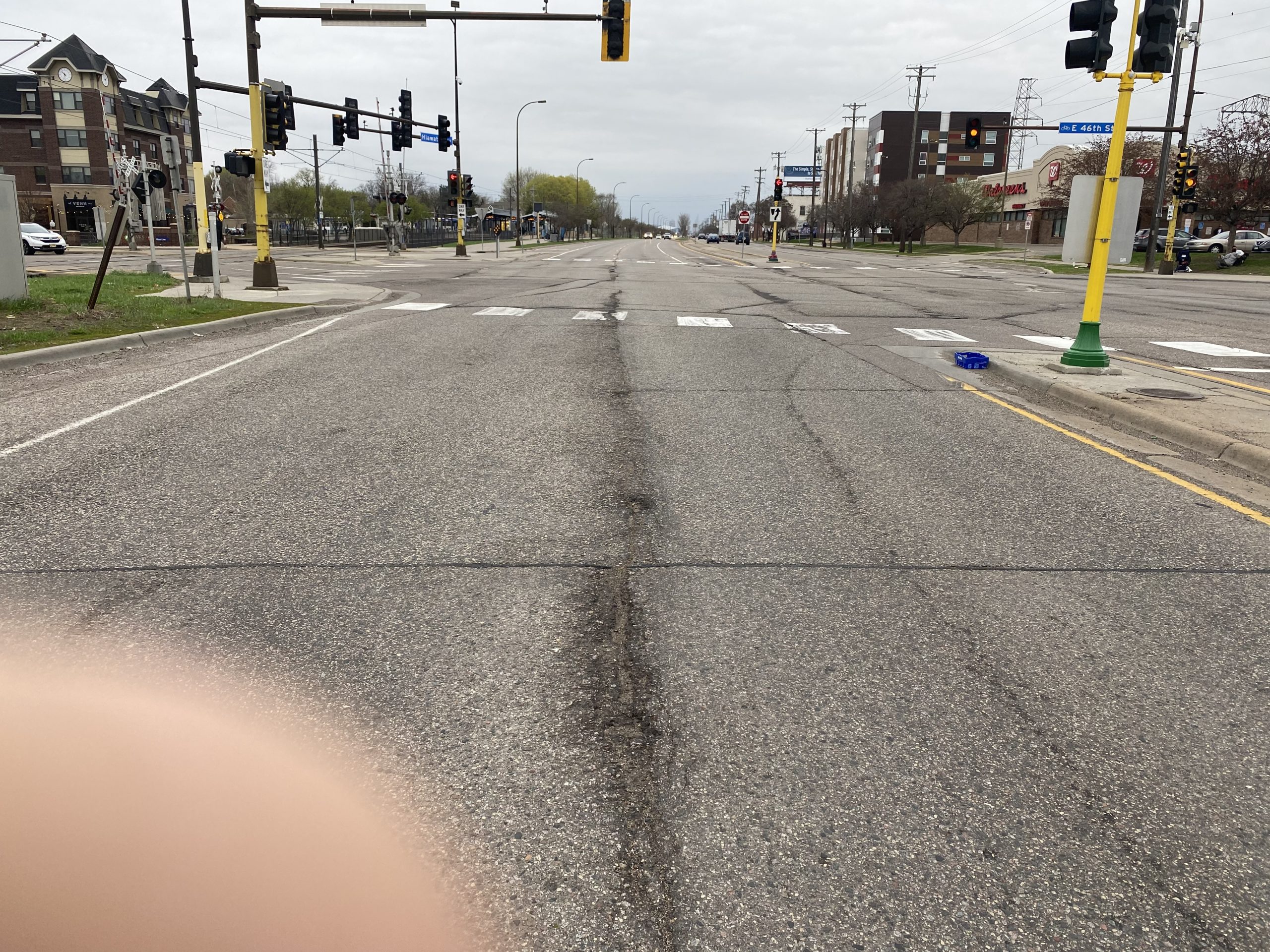
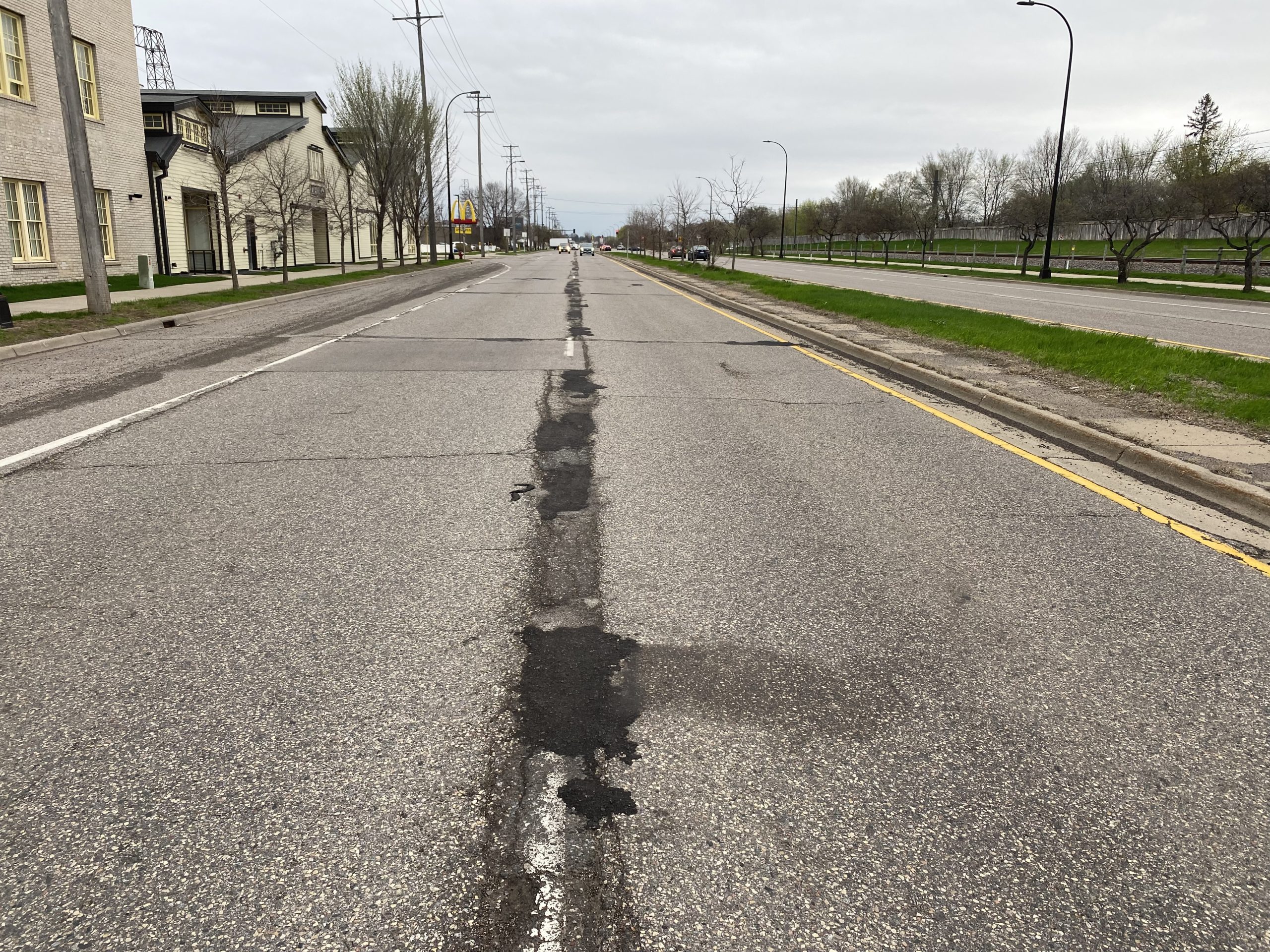
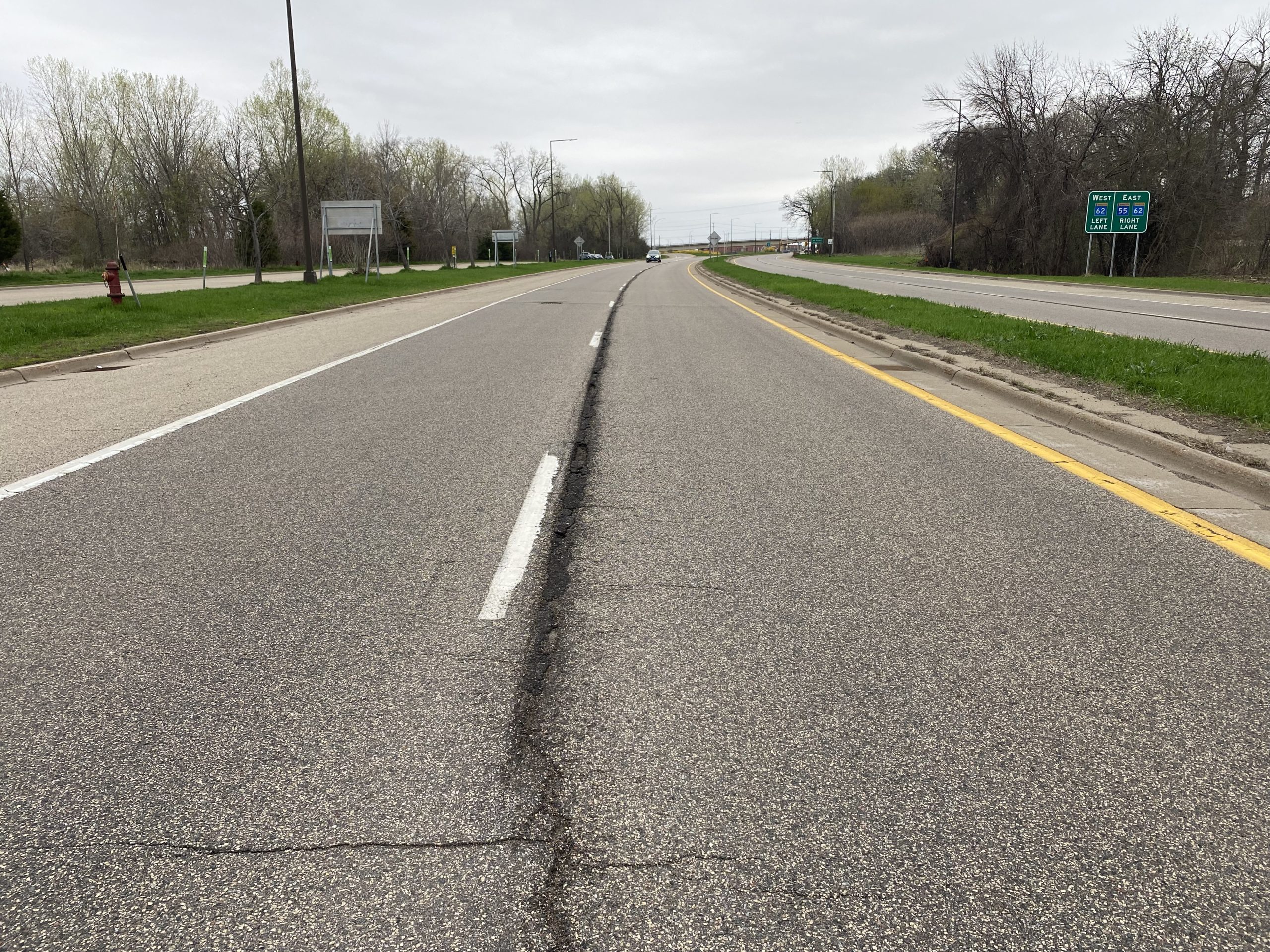
J-Band®, CCAP® and T-Bond® are registered trademarks of Asphalt Materials, Inc. AMIBIND™, AMIBOND™, AMICYCLE™, AMIGUARD™, AMISEAL™ are trademarks of Asphalt Materials, Inc.

